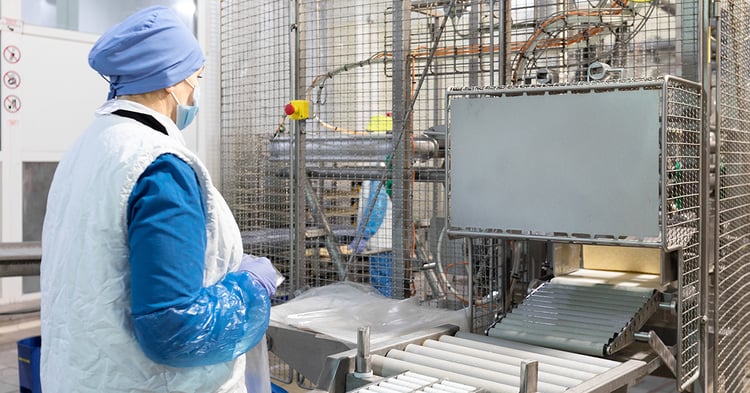Scared to Switch to The Digital Enterprise? It’s Worth the Shot – Here’s How This Change in Traceability Impacts Manufacturing
It’s not a secret that manufacturers are in the middle of a digital transformation. And it makes sense—technologies have changed the way we run our business, and with these come the demands to develop and innovate.
When in a fast-paced work environment, whether to adapt to change or stick to tradition is a tough decision that requires more than impulsive thoughts. But the switch to digital might just be the key to your success. This is going to answer what's making MES so popular, why traceability is such a crucial element of the supply chain, and how to do it right.
As a business owner, have you asked yourself — What is Traceability in Manufacturing? Why is it essential to make a difference in manufacturing? How do you implement a traceability system that works?
Today, businesses have started to use Manufacturing Execution System (MES). It is an information system that connects, monitors, and controls manufacturing systems and data flows on factory flows. This transforms supposedly complex data into trackable, collatable, real-time data about the products, which can help ensure effective operations and improve output.
The MES enables manufacturers to process control systems on the factory floor to understand their workflow better.
One crucial facet of MES is its role as a traceability system to dig deeper. Incorporating traceability to digital enables you to identify, track, and trace your manufacturing processes at any production stage and as it moves along.
Traceability manufacturing can be a valuable asset to a company. Allowing a manufacturer to track the path of an individual product offers insights that can benefit an organization in many ways.
- Aid in product quality control. Traceability manufacturing monitors how its products are made and how they perform. This information is helpful in identifying potential problems or areas for improvement during production. This also gives room for improvement or troubleshooting as needed.
- Improved traceability and security. A solution that can track products throughout their lifecycle will allow you to quickly identify the source of any problem associated with a component and take corrective action. Firms should be prepared to identify any potential issues that may arise in order to mitigate or eliminate risks.
- Increased customer satisfaction. With the ability to capture more data in real time, companies can proactively address quality-related issues early in the manufacturing process, which improves overall product quality and reduces costs by avoiding unnecessary rework. Higher quality also leads to an improved customer experience and retention rate, both crucial factors in competitive markets.


